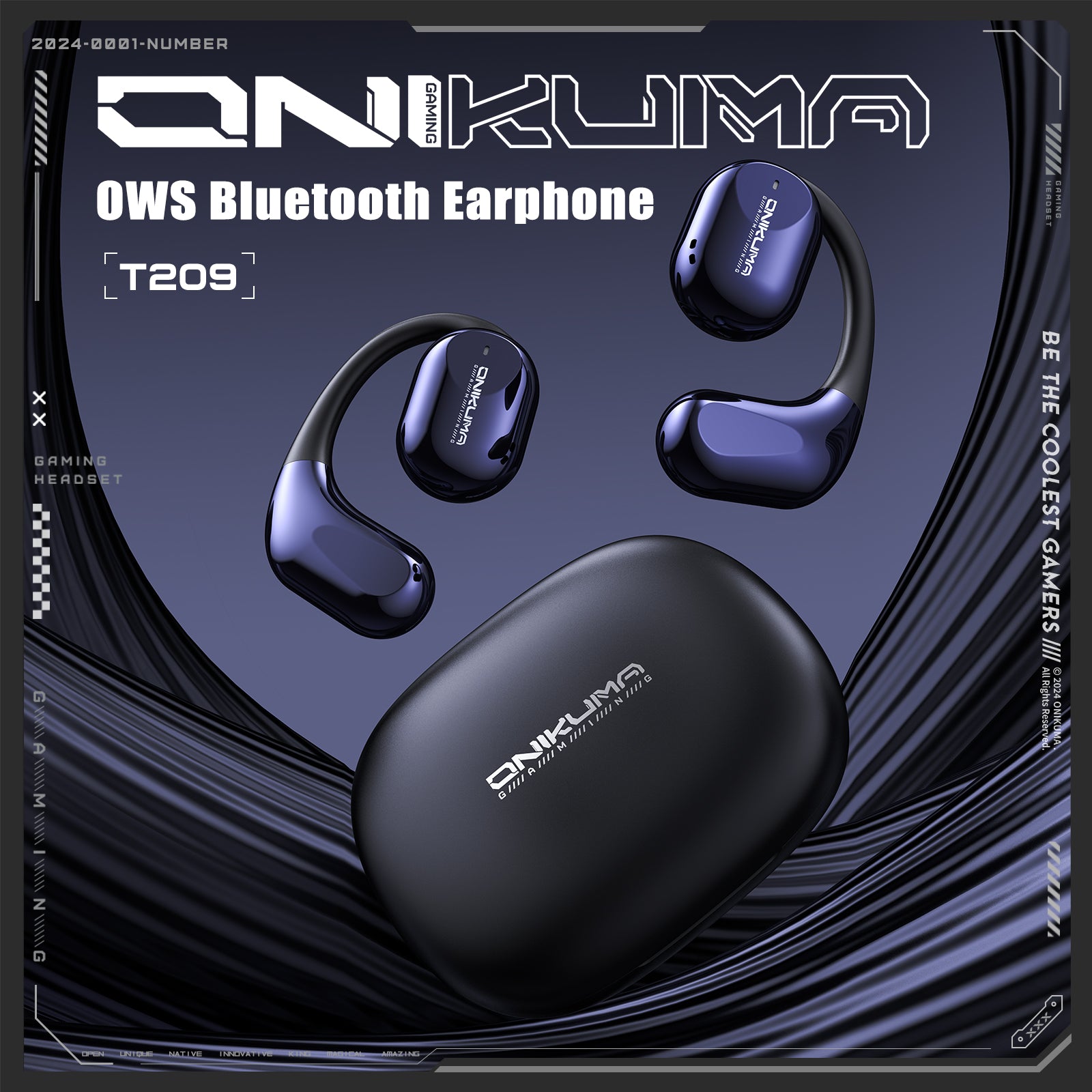The Differences Between Bluetooth and 2.4G Wireless Headphones: Can Headphones Have Both Functions? Let's Analyze It Together.
You’ve raised an interesting question—while we know that wireless headphones often come with Bluetooth and 2.4G wireless connection options, do you understand the differences between these two? Is it possible for a headset to have both functionalities simultaneously? Let’s analyze this together.
1. Differences Between Bluetooth and 2.4G Wireless Connections
First, Bluetooth and 2.4G wireless connections work differently and have distinct advantages and disadvantages. Let’s compare these two connection types based on several key factors:
(1) Operating Frequency Band
- Bluetooth: Bluetooth technology also operates in the 2.4 GHz frequency band, but it is a protocol designed specifically for short-range communication between devices. Bluetooth supports point-to-point connections and has multiple versions (e.g., 4.0, 4.2, 5.0), each improving stability, speed, and latency.
- 2.4G Wireless: While it operates within the same 2.4 GHz frequency band, 2.4G wireless typically uses dedicated receivers (like USB dongles) and is not designed specifically for device pairing. It offers more stable connections and higher bandwidth, making it suitable for applications requiring higher data rates.
(2) Connection Range
- Bluetooth: Bluetooth is generally suitable for short-range connections, typically within 10 meters. It is ideal for pairing with devices such as smartphones, tablets, and smart TVs.
- 2.4G Wireless: 2.4G wireless provides a longer range, typically covering between 10 to 20 meters, making it more suitable for environments where longer distances are required.
(3) Latency Performance
- Bluetooth: Although Bluetooth technology has improved with newer versions, its latency tends to be higher, especially during high-bandwidth audio transmission (such as gaming or video streaming).
- 2.4G Wireless: 2.4G wireless generally has lower latency than Bluetooth, making it better suited for applications that require real-time audio feedback, such as gaming or video calls.
(4) Battery Consumption
- Bluetooth: Bluetooth technology, particularly low-energy Bluetooth (BLE), is optimized for battery efficiency, making it ideal for extended use.
- 2.4G Wireless: Due to its need to maintain a more stable signal, 2.4G wireless technology typically consumes more power, leading to shorter battery life.
(5) Pairing and Compatibility
- Bluetooth: Bluetooth has better compatibility, as it is supported by nearly all modern devices (smartphones, tablets, laptops, etc.) and the pairing process is simple.
- 2.4G Wireless: 2.4G wireless typically requires a dedicated receiver, and therefore, the compatibility is more limited to devices that support this type of connection.
2. Can Headphones Have Both Bluetooth and 2.4G Wireless Functions?
The answer is: Yes! In fact, dual-mode wireless headphones are becoming more common on the market, with models that support both Bluetooth and 2.4G wireless connections. This combination provides flexibility, allowing users to choose the most suitable connection type depending on their specific needs and environment. Let’s take a closer look at the advantages of dual-mode wireless headphones:
(1) Adapting to Different Devices and Scenarios
- Bluetooth Connection: Ideal for pairing with smartphones, tablets, and other mobile devices, Bluetooth offers a convenient and easy way to connect on the go.
- 2.4G Wireless Connection: Perfect for computers, gaming consoles, and other devices that require more stable audio quality and lower latency, making it great for gaming and other high-performance applications.
(2) Flexible Switching Between Modes
Dual-mode headphones allow users to easily switch between 2.4G wireless for low-latency, high-performance tasks like gaming, and Bluetooth for casual use with mobile devices. This flexibility makes them versatile for various applications, from immersive gaming experiences to wireless music listening on the go.
(3) Seamless Experience
Dual-mode headphones, like the ONIKUMA Dual-Mode Wireless Headphones, provide a seamless experience across different devices. Users don’t have to worry about connection interruptions or the need to re-pair devices. They can switch to the most suitable connection mode without the hassle of disconnecting or changing headphones.
(4) Enhanced Stability
With dual-mode support, users can switch to the best connection method when one mode faces interference or latency issues. For example, if the Bluetooth connection experiences interference, users can easily switch to 2.4G wireless mode to ensure a stable and smooth audio experience.
(5) Optimized Battery Life
Dual-mode headphones, like ONIKUMA’s, offer the best of both worlds. Bluetooth is power-efficient, providing long battery life for casual use, while the 2.4G wireless mode is optimized for performance with lower latency when connected to devices like computers or gaming consoles. Users can choose the connection type based on their need for performance or battery efficiency.
3. Market Application of Dual-Mode Wireless Headphones
As the demand for versatile audio solutions increases, more brands are introducing dual-mode wireless headphones. For example, the ONIKUMA Dual-Mode Wireless Headphones support both 2.4G wireless and Bluetooth, making them compatible with a wide range of devices while offering exceptional audio performance. This type of headphone is especially popular among gamers, as it provides low-latency wireless audio, while also allowing for easy connection to smartphones and other Bluetooth devices.
Dual-mode wireless headphones strike a balance between everyday use and professional performance, catering to users who need flexibility and performance in various scenarios.
4. Conclusion
When choosing between Bluetooth and 2.4G wireless headphones, each technology has its own advantages. Bluetooth is great for everyday use and convenient pairing with mobile devices, while 2.4G wireless excels in audio quality and low latency. Dual-mode wireless headphones, like the ONIKUMA Dual-Mode Wireless Headphones, combine the best features of both Bluetooth and 2.4G wireless, offering users the flexibility to adapt to different scenarios and devices. Whether for low-latency gaming, casual music listening, or long battery life, dual-mode headphones are an excellent choice for those who need versatility and performance in their wireless audio solutions.
This translation covers the key points of the original text, including the comparison of Bluetooth and 2.4G wireless technologies, as well as the advantages of dual-mode headphones like the ONIKUMA model. Let me know if you need further revisions or any additional details!



